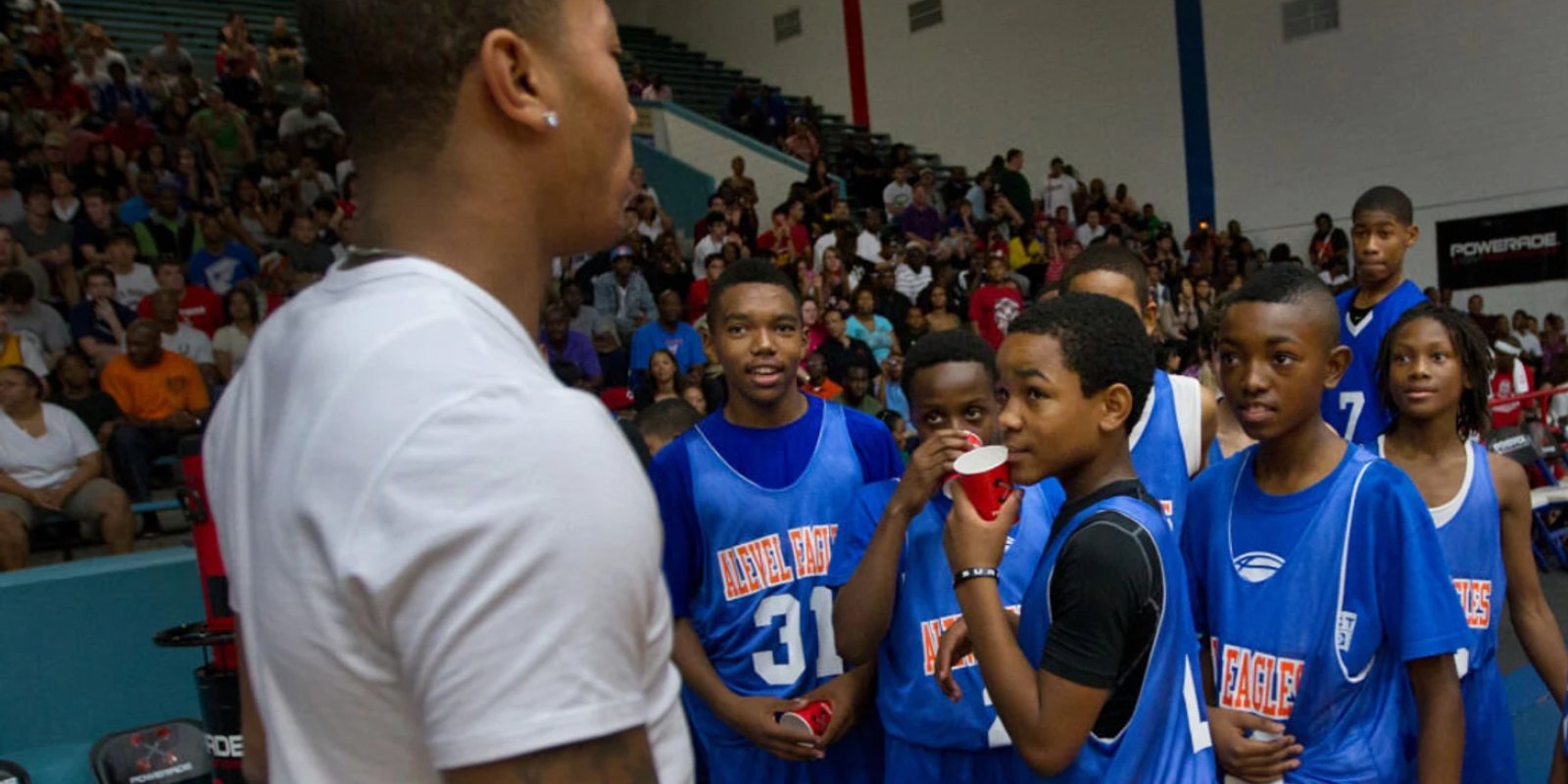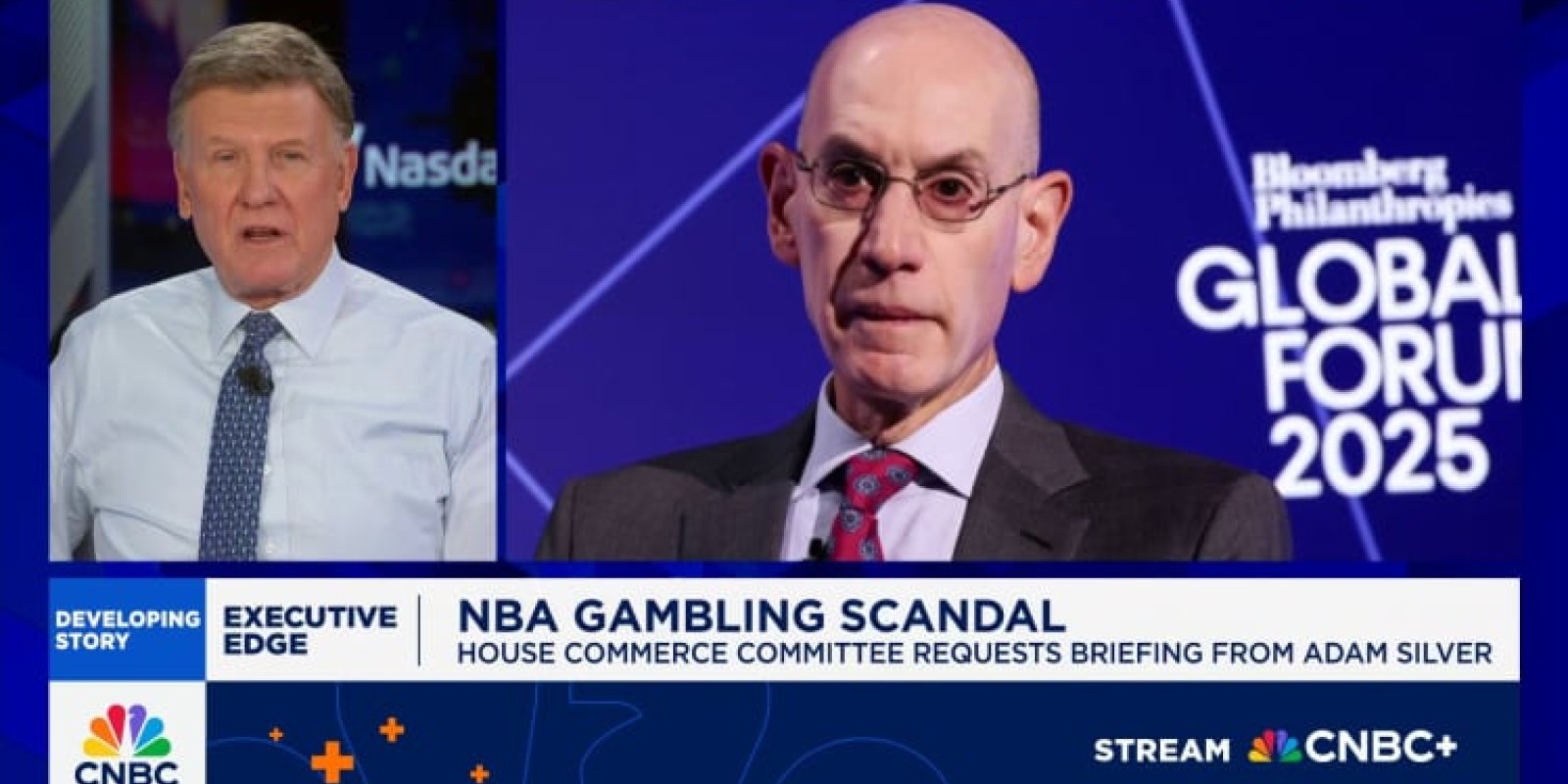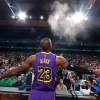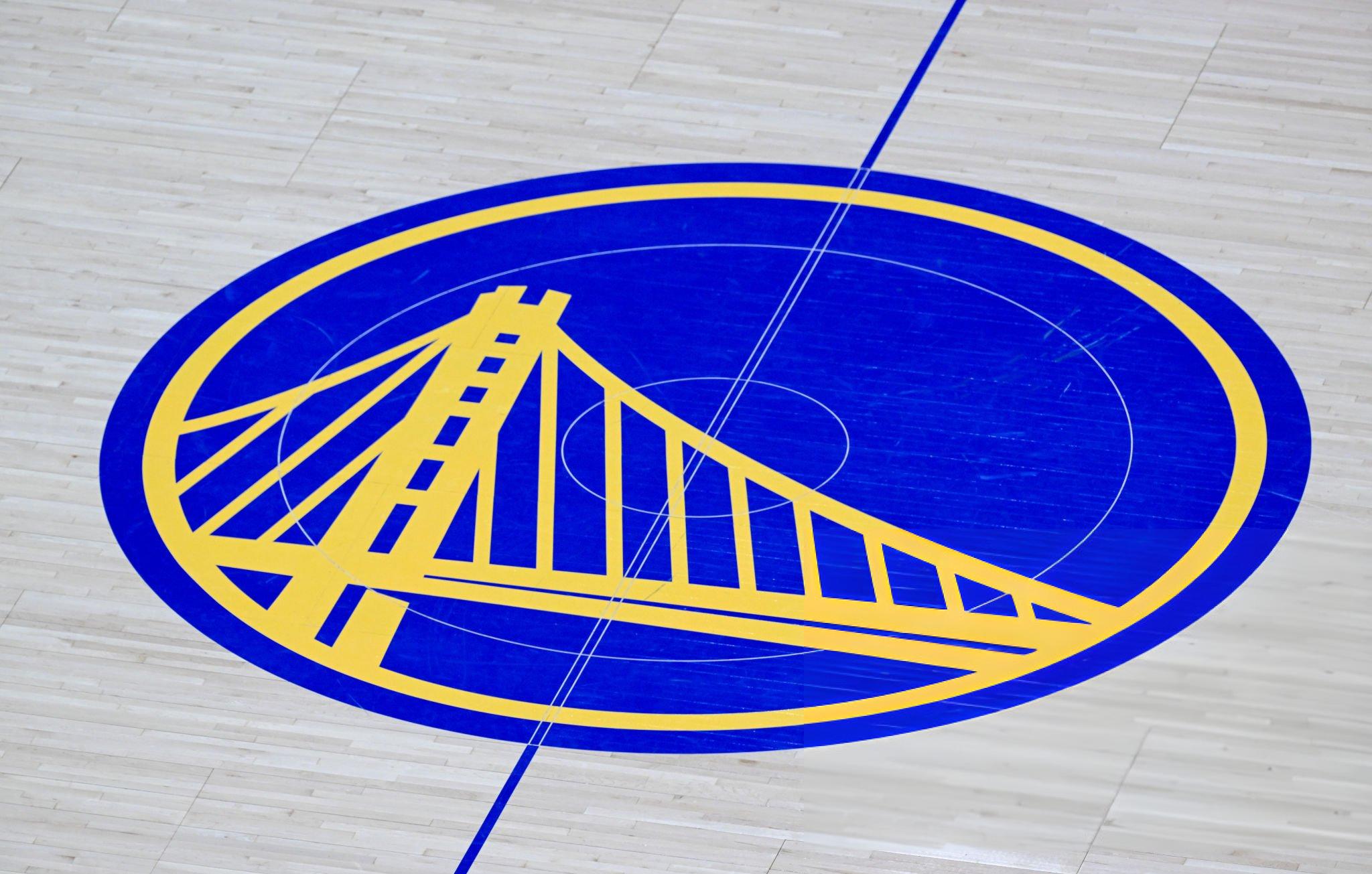
The Warriors had a busy offseason, addressing several key needs at once. The club agreed with Jonathan Kuminga on a short but expensive contract, added veteran Al Horford to the paint, and strengthened the perimeter with Seth Curry. The result is a balance—rare in today’s NBA—between market flexibility and near-term objectives for the coming season.
Kuminga: Betting on Asset Value and Front-Office Flexibility
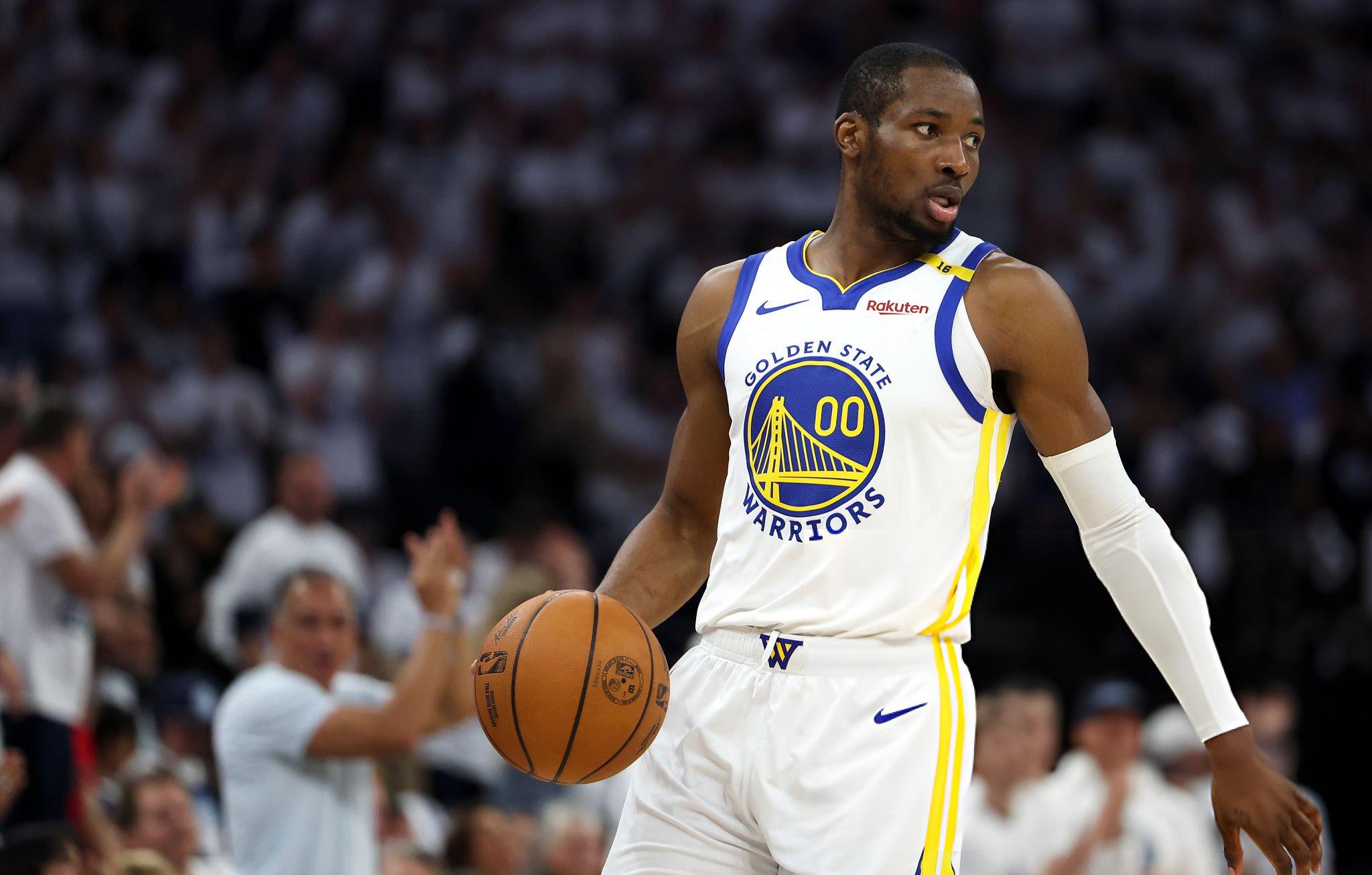
According to insiders, Jonathan Kuminga agreed to a two-year, $48.5 million contract with a team option for the second season. This is a classic bridge format: the player gets a significant salary bump right now, while the club retains a controlled horizon and decision-making leverage. Negotiations lasted all summer: the restricted free agent declined multiple options, including a three-year, $75 million offer, with the main sticking point being the structure of the options.
One additional nuance was the qualifying-offer scenario. Had Kuminga signed it, he would have earned about $8 million next year, and Golden State would effectively have been unable to trade him. The current structure, by contrast, preserves flexibility for the franchise: the forward is expected to become trade-eligible in January per league rules, at which point the club can evaluate whether it makes sense to convert his progress into a different asset package.
Why the Warriors Chose This Format
A team option in year two acts as insurance at the fork in the road: either Kuminga makes a meaningful leap and remains part of the long-term core, or his market value in picks and young players is used in trades. Financially, the short deal reduces strategic risk under the luxury tax and helps the team maneuver within the strict constraints of the CBA.
Al Horford: Experience, Discipline, and Pick-and-Pop in the Starting Five
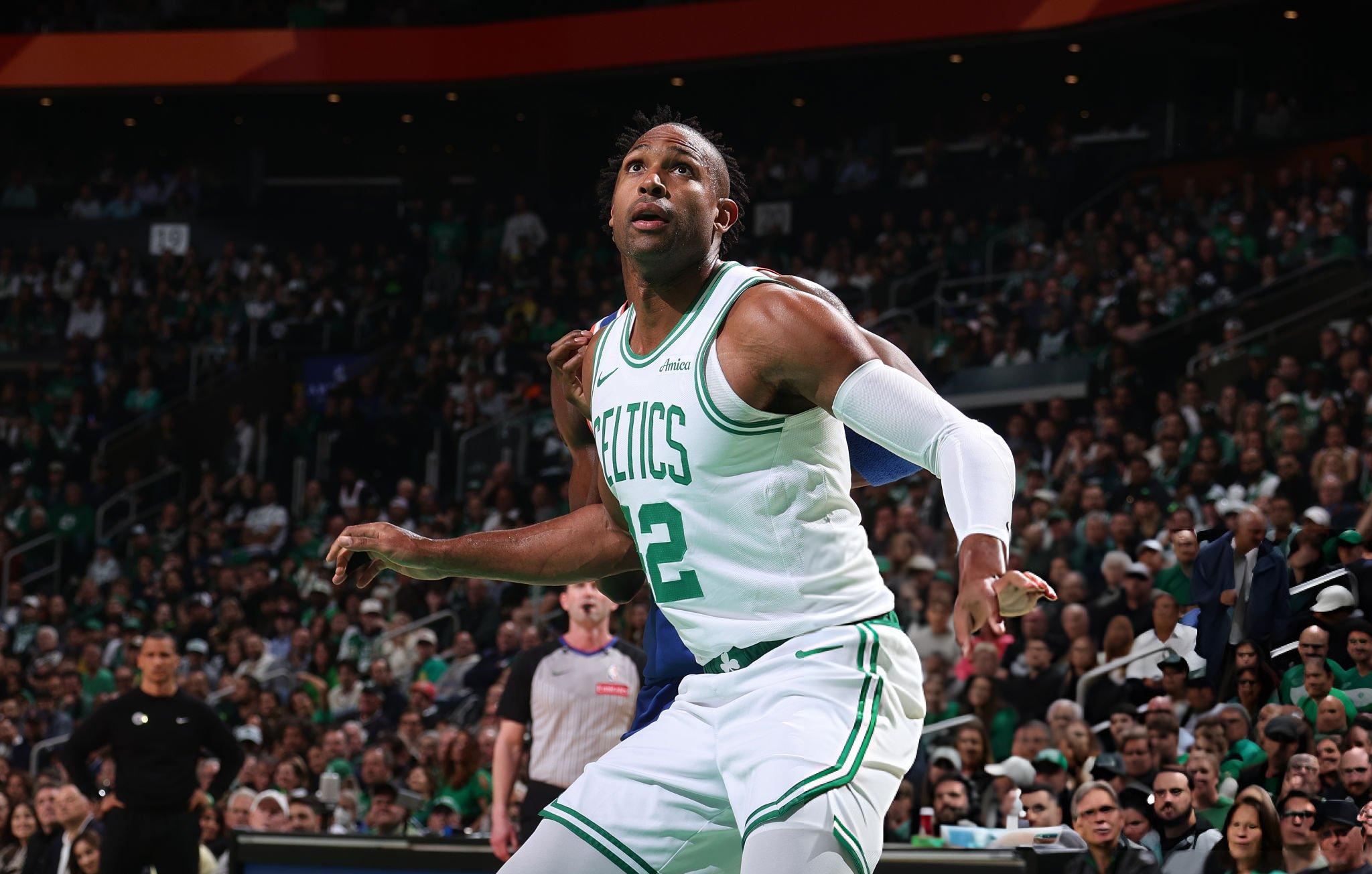
In parallel, the Warriors reached an agreement with Al Horford on a two-year, $12 million contract with a player option. The 39-year-old center is expected to open the season in the starting five. It makes sense: Horford still reads the game at a high level, sets smart screens, stretches the defense with pick-and-pop, and keeps the team defense in rhythm. Last season with the Celtics he appeared in 60 games, averaging 9 points, 6.2 rebounds, and 2.1 assists in 28 minutes—numbers that underscore his “glue” role in structured offenses and defenses.
For Golden State, it also expands schematic variability: with Horford you can play compact drop coverage against downhill guards and switch with minimal breakdowns thanks to his positional IQ.
Seth Curry: Pure Shooting on a Veteran Minimum

Another stroke is the agreement with Seth Curry. The 35-year-old guard (185 cm) will sign a one-year veteran minimum at roughly $3.6 million. Last season he averaged 6.5 points and 1.7 rebounds in 15.6 minutes, with an elite 45.6% from beyond the arc. For the Warriors—whose non-star sniper efficiency fluctuated—such a pure shooter means spacing for second units, off-screen scoring, and a steady threat from the corners. Seth doesn’t require possessions, yet he changes the geometry of the defense simply by being on the floor.
Offseason Puzzle: Depth, Roles, and Competition
In total, this is part of a broader picture. Earlier there were reports of agreements with center Al Horford, point guard De'Anthony Melton, guard Gary Payton, rookie Will Richard, and forward Jonathan Kuminga—Seth Curry became the sixth brushstroke in the refreshed rotation. The front office deliberately addressed three pain points: size/rebounding, perimeter pressure on the ball, and consistent long-range shooting off the bench.
Season's Central Question: What Happens With Kuminga by the Deadline?
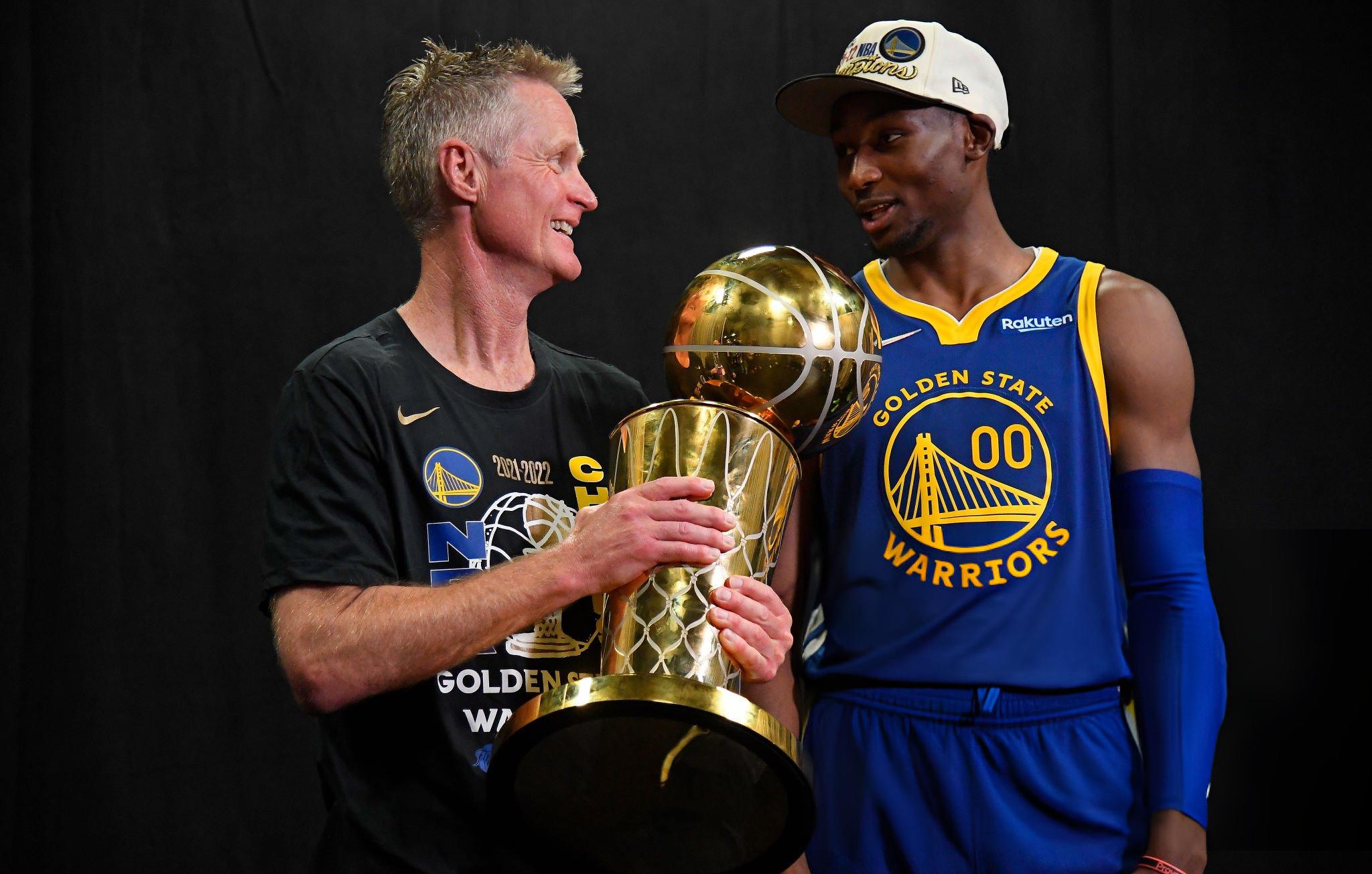
The key question hovering over San Francisco until February is this: will Kuminga remain part of the long-term core, or become the central piece in a trade for a “star-on-demand”? His short but sizable contract is a convenient matching salary in trade construction. If the forward’s development accelerates, the Warriors gain a young, athletic pillar around which to build the next generation. If not, the deal’s flexibility allows the club to recalibrate without unnecessary drama.
***
Bottom Line: Golden State executed an unusually tidy offseason. Kuminga’s bridge contract preserves market freedom, Horford adds structural stability in the starting five, and Seth Curry brings scarce shooting. For a team with lofty ambitions and a narrow financial corridor, this is a very intentional set of decisions. Now the action shifts to the hardwood.

